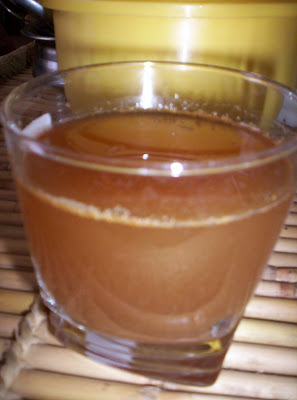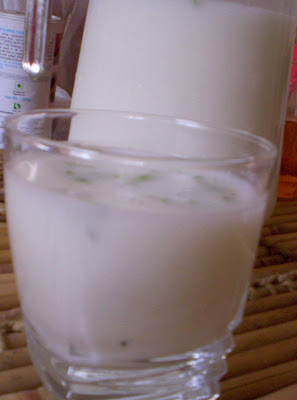About 12 years ago, I packed my bags and set out on this journey. I left the comfort and the protection that my parents' home offered and moved to a beach resort. Only, this beach resort had a slightly non-resort like name: Pondicherry University. Well, it was on the beach. You could see the Bay of Bengal from the hostel rooms and balconies. You could even see the beach from our classrooms. I think I hit the beach almost every evening for the two years that I was there. Maybe not the water everyday, but Puru's definitely.
Puru's is the name we gave this shack right opposite the University gate. The owner's name was Purushottam and hence we always called this place "Puru's". This place was famous for tea and parottas. At the time, you could get a cup of tea for Rs. 1.50 and a plate of parottas cost Rs. 6. That plate had not two, but four parottas. Quite a meal. And very easy on the pocket too. Puru's was a life saver. When the hostel seemed a little too far to trudge to for lunch (and one that wasn't exactly worth it) and the cafeteria was too crowded, we landed at Puru's for our meal.
This kurma isn't exactly how Puru made it. I wasn't into cooking all that much back then, even though we cooked big meals everyday for 2 weeks every semester until the mess opened. So, this is mostly from memory.
2 cups Mixed Vegetables, diced and cooked(I used potatoes, peas, carrots, beans and cauliflower)
2 Tomatoes, chopped
1 tsp Oil
1/2 tsp Fennel Seeds
Salt to taste
Grind to a paste:
1 Onion, chopped
2 Green Chillies
1" piece Ginger
3-4 pods Garlic
1 tsp Coriander Seeds
1 tsp Cumin Seeds
1/2 tsp Turmeric Powder
1/2 tsp Chilli Powder
2-3 tbsp Coconut, scraped
Heat the oil in a pressure pan. Add the fennel seeds and the paste. Fry the paste for 2-3 minutes. Add the chopped tomato along with the diced vegetables. Add the salt and about half a cup of water. Pressure cook for a whistle.
My favourite way to eat this vegetable kurma is with parottas. And before you ask, my parottas came from a bag of Sumeru's frozen Malabar Paratha. The other absolute favourite is kurma with idiyappam. I order this almost each time we go out for a meal when I visit Madras. It doesn't come close to food from a beloved shack called Puru's, but in a pinch, it will more than just do. I left the Pondicherry University exactly ten years ago and it has been a while since I last "chilled out" at Puru's. So when I want to take a trip down the memory lane, I make myself a plate of vegetable kurma and prepare to be magically transported to the sandy coconut groves of Pondicherry.

